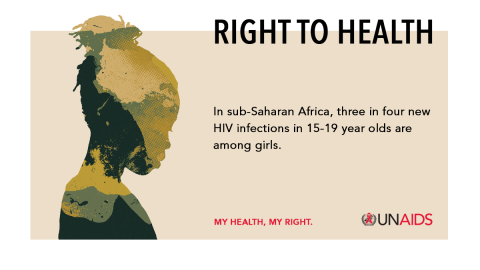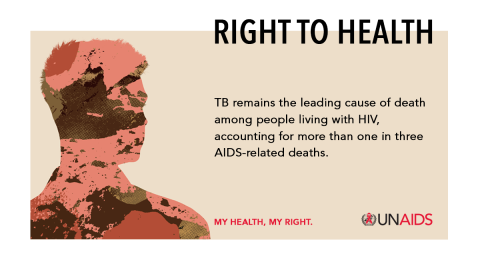Calling for improved HIV data systems on World AIDS Day
To mark the 29th annual World AIDS Day on 1 December 2017, UNAIDS has selected the theme ‘Right to Health’. Their #myrighttohealth campaign brings attention to issues of access, quality of care and discrimination.
Throughout the world, access to life-saving antiretroviral therapy (ART) has transformed the lives of people living with HIV and AIDS. Recent decades have seen unprecedented accomplishments in reducing drug side effects and costs, and increasing ART availability.
Long-term engagement in HIV care needed

In 2015, WHO endorsed access to all HIV-positive individuals, regardless of CD4 cell count. Some of the most heavily-burdened countries in the world are adopting this ambitious strategy. South Africa, which has more people living with HIV and AIDS than any country in the world, announced a ‘treat all’ strategy in September 2016.
As countries move to expanding access to ART, they must also be mindful of long-term engagement in HIV care. As a chronic condition, HIV requires lifelong treatment adherence and clinical monitoring to ensure the benefits of ART are realised.
However, gaps throughout the HIV continuum of care are common. From HIV testing to initiating ART, to sustaining an undetectable viral load, challenges to continued engagement in HIV care occur at every step.
Lack of data on HIV care

Plus, as my colleagues Tamsin Phillips and Landon Myer at the University of Cape Town and I recently noted in a paper in International Health, the very question of who is still engaged in HIV care, and who is lost, is elusive.
The lack of a centralised, electronic health database makes it difficult to accurately evaluate engagement in HIV care, while accounting for unreported self-transfer between facilities or deaths. Paper files – the most common method of collecting medical data in low-resource settings – are often incomplete, if they can be located at all.
My colleagues and I make recommendations to improve data systems as a way to improve HIV care, with a focus on system integration at a local and national level, and a need to accurately identify patients, such as the use of a unique identifier.
Making improvements to national health data systems is not easy or cheap. The international HIV community would never have got to this point in history of widespread, available ART without the massive investment of international donors and national health departments.
Better HIV data systems mean healthier lives
The lack of networked data systems limits our ability to accurately assess the impact of these tremendous investments, and justify additional investment for their improvement.
The goal of improving data systems is not just better data, but healthier lives. The quality of patient care suffers when a complete patient record is unavailable.
In the spirit of #righttohealth this World AIDS Day, let’s call for improved HIV data systems to provide the best quality of care possible and ensure lifelong engagement in HIV care.